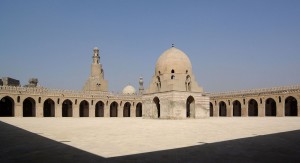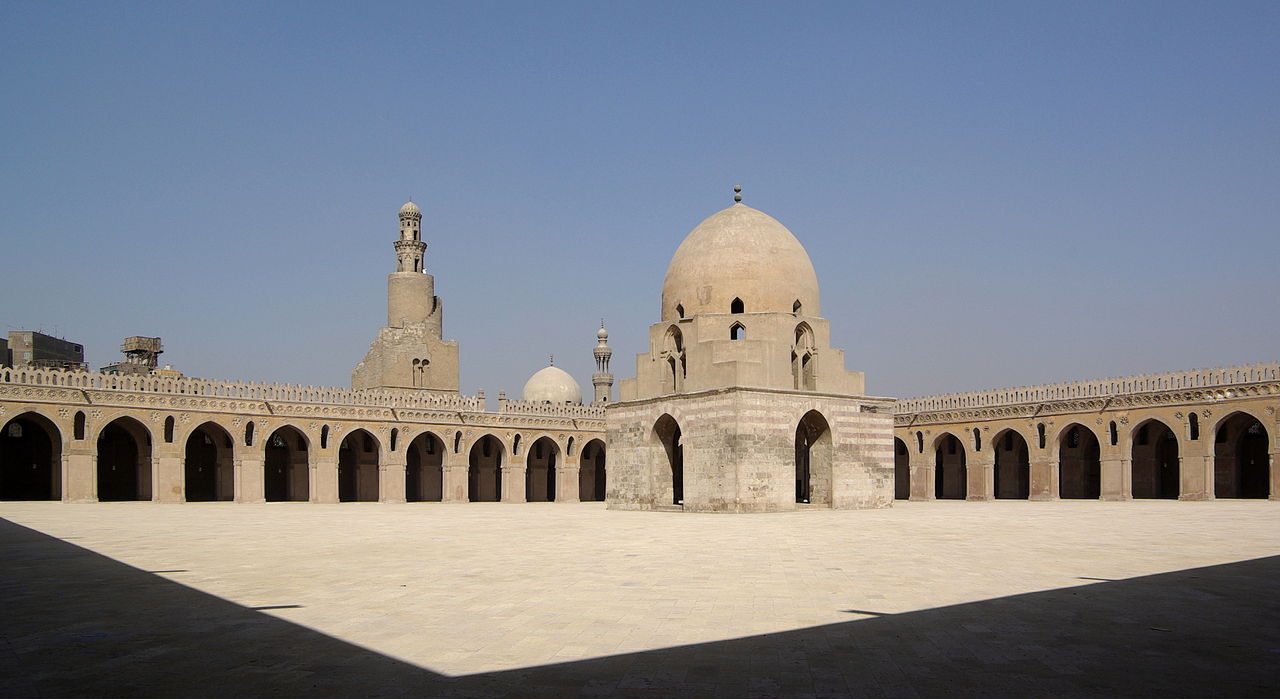
Berthold Werner
History proves, for whoever delves into its hidden tales and stories, that Egypt has always been a melting pot of different cultures, and yet has, throughout the many turbulent centuries, maintained a unique and unified common heritage.
The tale of Saed Al-Ferghani, one which could easily have been plucked from the 1001 Nights, is testament to this heritage. Born in Fergana, a small village located in the Sharqiya governorate north of Cairo, Al-Ferghani was a renowned Christian architect during the rule of the mighty Ahmad Ibn Tulun.
Originally a Turkish slave serving in the military under the Abassid Caliph Al-Ma’moun, Ibn Tulun quickly proved himself a highly astute, cunning and brave soldier, rising through the ranks to become commander of the Caliph’s private guard, and eventually sent by the Caliph Al-Mu’tazz to become Egypt’s regent, during the time when the country was under Abassid control.
But Ibn Tulun eventually seized control of the country in 868 CE, declaring Egypt a sovereign state independent from the Abbasid Caliphate which ruled from Baghdad in Iraq. And thus, the Tulunid dynasty was founded, and Ibn Tulun’s descendants continued to rule over Egypt until 905 CE, when the Abassid Caliphate recaptured control of the country.
Egypt thrived and flourished under Ibn Tulun’s rule; he enacted numerous reforms and was known for being kind, wise and tolerant to non-Muslim Egyptians like Christians and Jews.
Upon his arrival in Egypt, Ibn Tulun decided to abandon the known Egyptian capital of that time, Al-Fustat, and founded a new city to serve as his capital and to house his family and troops. This became known as Madinat Al-Qatta’i, or “the quartered city” in Arabic.
Hearing of Al-Ferghani’s reputation, Ibn Tulun assigned him to build new dykes and a watercourse to supply his new capital with water from the Nile. Some of these dykes still remain and can be seen in the Al-Basaten neighbourhood south of Cairo.
Al-Maqrizi, the famous Egyptian chronicler who lived under Ibn Tulun’s rule, mentioned that Al-Ferghani also designed and built the Nilometer, which is also still present—in Rhoda Island on the Nile in the centre of Cairo.
During the inauguration ceremony for his new dykes, Ibn Tulun fell from his horse after it stumbled in deep mud. Believing Al-Ferghani had deliberately sought to humiliate him during the ceremony, he sentenced the hapless architect to 300 lashes and life imprisonment.
Many years later, Ibn Tulun had a dream of his new capital burning to the ground—except for one mosque which was left standing, entirely entact. Deeply affected by the dream, he ordered the building of a new capacious mosque built on 300 massive columns to bear his name for all posterity.
However, when it became clear that it was necessary to destroy many temples and churches in order to procure the columns, Ibn Tulun adamantly refused.
From his jail cell, Al-Ferghani heard of Ibn Tulun’s intentions, so he wrote him a letter proposing to build his new mosque—but with one amendment: The new mosque would use only two pillars instead of the originally proposed 300. Ibn Tulun accepted the proposal, and Al-Merghany was freed in order to begin work on the project.
It took Al-Ferghani three years and 120,000 Dinars to finish the mosque, which was built on high ground to avoid flooding, and using a special type of red brick.
The mosque was opened for the first time for prayers in 879 CE, at the time only the fourth mosque in Africa. Standing at 138 meters in length and 118 meters in width, it is also the largest mosque in Cairo in terms of land area. This magnificent mosque, with its pillars and walls decorated in the Byzantine style, is also famous for its spacious courtyard and its unique spiral, “ziggurat” minaret.
In 905 CE, when Egypt was recaptured by the Abassids, Al-Qatta’i was razed to the ground, leaving only Ibn Tulun’s mosque standing, and since then the mosque has survived the numerous earthquakes and floods which have blighted Cairo throughout the centuries—thus fulfilling Ibn Tulun’s prophetic dream.
To this day his mosque remains the only one in Islamic history designed by a Christian architect, and one of the only few surviving examples of Abassid-era architecture.
It is located in the Darb Al-Ahmar neighbourhood, near Cairo’s Citadel, and stands as a witness to the unmatched harmony and tolerance between the different cultures and ethnicities that have made up Egyptian society throughout the centuries.




